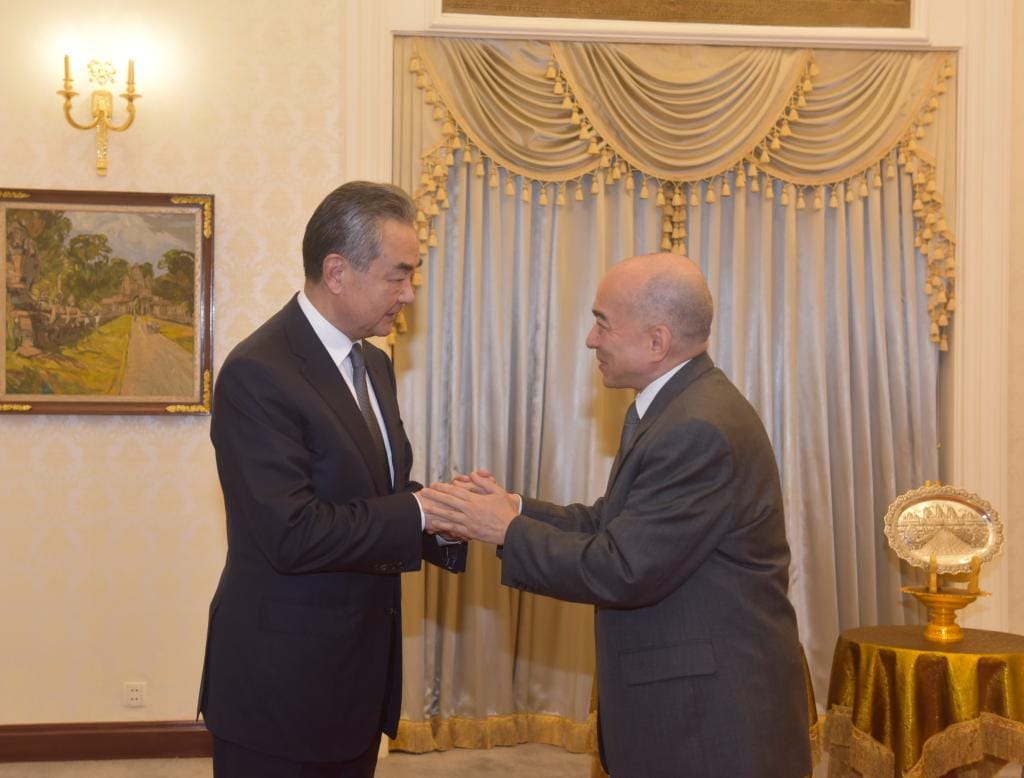In a surprising turn of events, Pakistan’s exports to the European Union (EU) have suffered a significant setback, plunging by over 4.41% during the fiscal year 2023. The decline in demand for Pakistani goods, particularly in Germany and the Netherlands, has been attributed as the primary cause for this unexpected drop. Despite the existence of the Generalized System of Preferences Plus (GSP+) scheme, which has extended preferential trade benefits to Pakistan, the exports to these key destinations have faltered, casting a shadow over the nation’s trade prospects.
Exports Decline Despite GSP+ Scheme:
The latest figures compiled by the State Bank of Pakistan paint a somber picture of the nation’s export scenario. Throughout the fiscal year 2023, the exports to the EU plummeted from $8.566 billion in the previous fiscal year to a mere $8.188 billion. Interestingly, this slide occurred even in the presence of the GSP+ scheme, which was put into action on January 1, 2014, and continues to be available to Pakistan in the current fiscal year. Germany and the Netherlands, both prominent players in the EU trade arena, have emerged as the main protagonists in this decline, casting a shadow on Pakistan’s export endeavors.
Germany and Netherlands: Leading the Export Downturn:
The impact of this export downturn has not been evenly distributed among all sectors. A detailed product-wise analysis indicates that while some categories experienced growth, others faced severe setbacks. The top categories in Pakistan’s export portfolio include garments and hosiery, which have witnessed an upswing. In contrast, home textiles and cotton-related intermediary goods have struggled to maintain their footing. The situation is especially dire in Germany and the Netherlands, where exports have dwindled by 8.62% and 3.53%, respectively. This raises concerns over the sustainability of Pakistan’s trade relationships with these European giants.
The Brexit Quandary and Emerging Markets:
The repercussions of Brexit have not been kind to Pakistan’s trade interests either. In the wake of the UK’s departure from the EU, Pakistan’s exports to the United Kingdom plummeted by 10.63% from $2.20 billion to $1.966 billion in FY23. This significant drop has left exporters apprehensive about the future of their UK market access. Despite these fears, the British government has reassured Pakistan of continued preferential market access, reflecting in the inclusion of Pakistan in its post-Brexit preferential market access scheme. In a surprising turn, Germany has now become the primary market for Pakistan’s exports, a role previously held by the UK. However, the challenges in Germany and the Netherlands are undeniable as they too face export declines under the GSP+ scheme.
EU Market Landscape: A Tale of Mixed Fortunes:
The export scenario within the EU varies widely across different nations. Spain has emerged as a beacon of hope for Pakistani exporters, experiencing a robust growth of 19.39% in the FY23, bringing in $1.373 billion worth of goods from Pakistan. Italy also exhibited positive growth, with exports rising by 5.88% to $1.151 billion. Belgium, on the other hand, witnessed a decline of 2.20%, signaling a potential hiccup in trade relations. France and Poland experienced contrasting fortunes, with the former witnessing a 7.24% rise in exports and the latter facing a 3.65% dip.
In conclusion, the recent 4.41% decline in Pakistani exports to the EU during FY23 has cast a shadow over the nation’s trade prospects. The once-promising markets of Germany and the Netherlands have become key contributors to this setback. Despite the presence of the GSP+ scheme and shifts in market dynamics due to Brexit, the challenges in maintaining and expanding trade relationships with these European nations persist. As the nation navigates through these complex trade dynamics, a concerted effort is needed to reinvigorate export strategies and ensure a resilient and flourishing export sector.
















